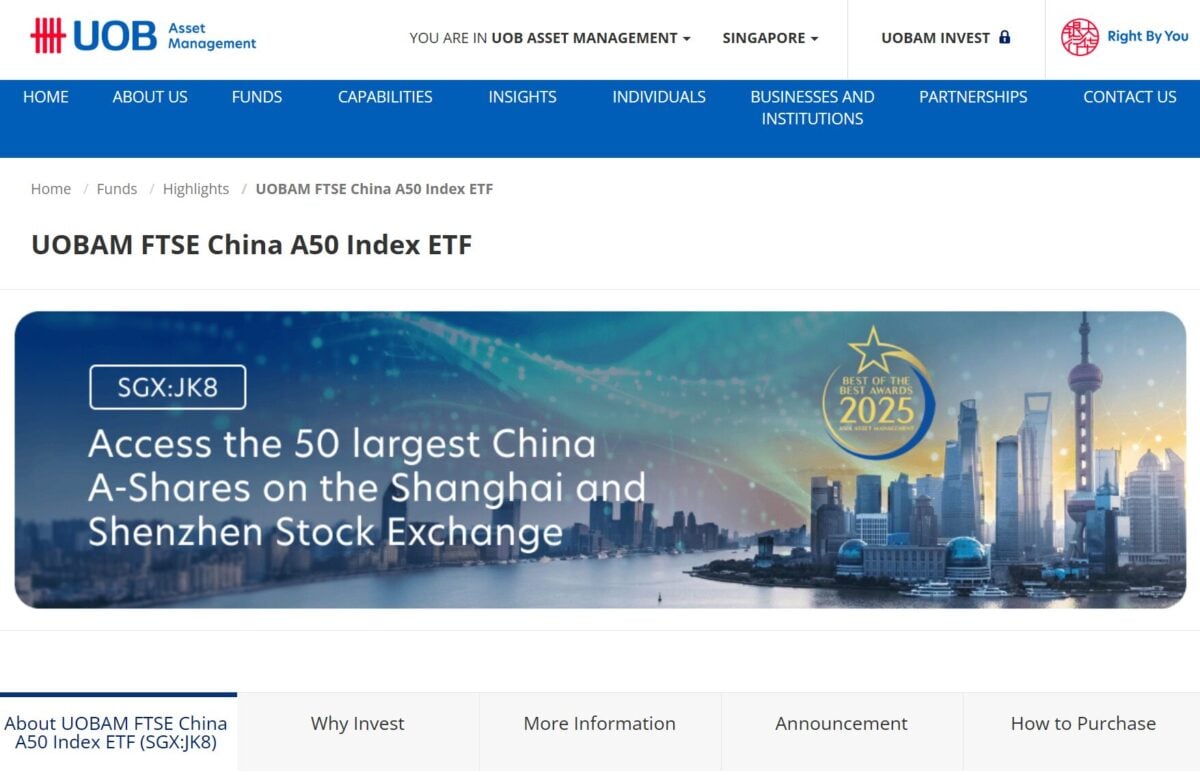
If you’ve used ChatGPT to write an email, Copilot to draft a report, or Gemini to summarise your notes, congratulations, you’ve already met the technology that might one day take your job.
Artificial intelligence, or AI, has slipped into our daily work routines. It now helps programmers write code, bankers approve loans, recruiters scan resumes, and marketing teams plan campaigns. It’s also used to help write this article that you are reading.
But beneath that convenience lies a harder truth: AI doesn’t just help us do our jobs — it’s learning to do them.
The Age Of The “Word-Guessing Machine”
At the heart of these new tools is something called a Large Language Model (LLM). It sounds technical, but the idea is simple — LLMs are, in essence, ultra-sophisticated word-guessing machines.
They don’t actually know anything. They just predict the next likely word in a sentence based on patterns from billions of examples. That’s how they can write poems, explain physics, or even draft legal contracts — all without truly understanding any of it.
And because they work on probabilities, the same question asked twice might get two slightly different answers. It’s impressive, but also a reminder: AI sounds confident even when it’s wrong.
So, as convenient as it feels, the golden rule remains: always double-check what AI tells you.
“For The First Time, I’m Struggling To Create Jobs.”
When Singapore’s Deputy Prime Minister Gan Kim Yong warned in August that “PME roles may be replaced by AI,” it wasn’t just a soundbite. It was a reality check.
“We must pay attention to segments within our population who are at greater risk of being left behind,” he said. “These include professionals, managers and executives, and rank-and-file workers in sectors that are undergoing restructuring.” He is talking about practically every job in an office setting being at risk.
In February, Piyush Gupta, then CEO of DBS, expressed a similar sentiment. “In my 15 years of being a CEO,” he said, “for the first time, I’m struggling to create jobs. I’m struggling to say how I will repurpose people to create jobs.”
That’s not coming from a struggling company. DBS is one of Asia’s most profitable banks. It’s coming from someone who can see the tide turning.
The Numbers Behind The Anxiety
Singapore’s financial services industry employs around 175,000 people — roughly five percent of our total workforce. About half of these jobs sit in banking, while the rest are spread across insurance, asset management, fintech and other support functions.
This is a sector that pays well, generates steady tax revenue, and anchors a whole ecosystem of restaurants, cleaners, childcare providers and landlords. When the banks move, the economy shifts.
And the banks are moving.
DBS has publicly set a target of adding S$250 million in economic value from AI by 2025. UOB, meanwhile, has rolled out an organisation-wide AI upskilling programme, though without setting a monetary goal.
The message is clear: AI is no longer a pilot project. It’s a productivity strategy.
Automation vs. Augmentation — The Fine Line That Matters
For now, AI in banking is mostly about augmentation — tools that help humans work faster. Think of Copilot or ChatGPT on your desktop, speeding up client reports or compliance checks.
But increasingly, it’s drifting into automation, where machines take over entire tasks. For example, using algorithms to write programming code, handle KYC (Know Your Customer) checks, or screen customer requests is work that used to require dozens of staff.
And that’s where the tension lies.
Across the industry, about 70% of roles are in middle and back-office functions, areas that are most process-intensive and, therefore, easiest to automate. That’s roughly 125,000 people, many of whom are in well-paying, stable jobs.
The risk isn’t just unemployment. It’s the erosion of the middle. If those roles disappear faster than new ones are created, Singapore could face a squeeze: fewer high-paying jobs, and more people competing for lower-paying ones.
When The Office Lights Go Dim
You can already see the early signals in the property market.
Business park vacancy rates have climbed to 23%, the highest in a decade. Some of that is due to flexible work arrangements, but part of it also reflects slowing job creation in sectors that once needed sprawling operations teams.
The CBD, by contrast, remains healthy with single-digit vacancy rates. But that’s where the front-office roles are, sales, strategy, and management, not where the bulk of the AI risk (currently) sits.
If AI starts thinning out the middle and back-office layers, it could quietly reshape not just workplaces, but neighbourhoods and communities. Fewer lunchtime crowds in business parks, fewer after-work meals at nearby hawker centres; algorithm-generated ripples that repeatedly hit communities and the economy.
What Do We Do?
The short answer: don’t fight the wave — learn to surf it.
AI isn’t something we can ban or pause. It’s already embedded in how companies operate, from HR systems to financial modelling to customer service chatbots. The more useful question is: how can we make it work for us?
For individuals, that means upskilling, not just taking a generic AI course, but learning how to use tools relevant to your field. Whether you’re in IT, marketing, finance, education or logistics, there’s now a version of AI that can make you faster and sharper.
For companies, it means investing wisely, not in flashy pilots, but in practical systems that actually help people do their work better.
And for the government, it means building safety nets for transition — retraining programmes, mid-career pathways, and policies that help displaced workers pivot to new roles before it’s too late.
Singapore has made strong moves here — from the AI Apprenticeship Programme (AIAP) by AI Singapore, to the TechSkills Accelerator (TeSA), to SkillsFuture courses designed for AI literacy. But as AI’s reach expands, these initiatives will need to scale fast to keep up.
The Honeymoon Won’t Last Forever
Right now, many AI projects are still in the “honeymoon” phase, promising big cost savings and productivity boosts. Some will succeed spectacularly. Others will quietly fade away.
But over time, as businesses feel the pressure to cut costs and stay competitive, the push for automation will grow stronger. And that’s when we’ll see the real impact, not overnight layoffs, but a steady reduction in hiring, slower job creation, and a quiet redefinition of what a “career” looks like.
It’s a sobering thought. But it’s also a call to adapt. AI isn’t just a buzzword anymore; it’s a force that is rewriting job descriptions, business models, and even the social contract between government, companies, and workers.
The safest bet? Learn to work with it before it works around you.
Because in the coming years, the question may not be “Is AI coming for my job?” but rather “Am I ready for the jobs that AI creates?”
Read Also: Why Singapore Stocks May Look Attractive Amid US Tech Concentration & China’s AI Boom
The post AI: The Quiet Job Threat No One Wants To Talk About appeared first on DollarsAndSense.sg.











